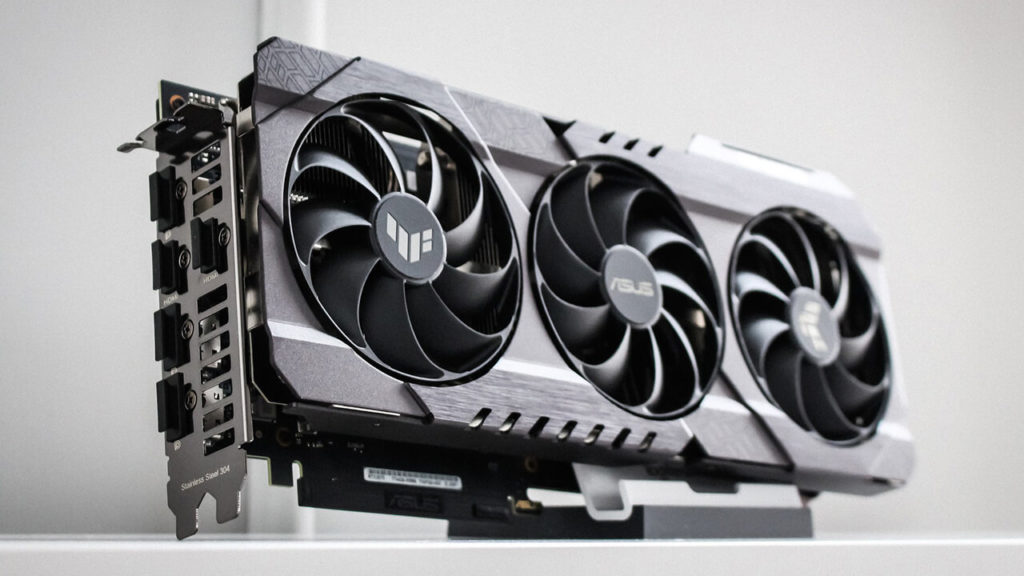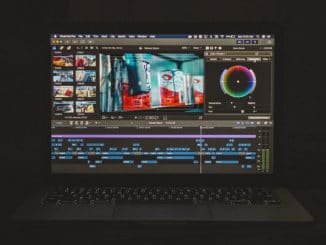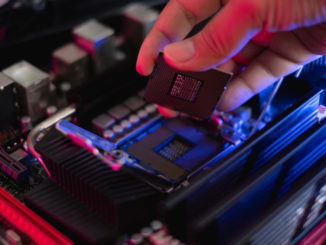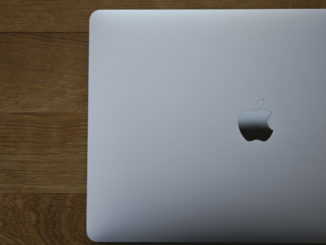Video editing is, first and foremost, a CPU-intensive process. However, editing software these days relies on the GPU to unburden the CPU of certain tasks in order to make the process less time-consuming.
So, can we do video editing without a graphics card? The short answer is – yes. However, to really understand the extent of editing without a graphics card, you need to understand its contribution to video editing.
Table of Contents
How a Graphics Card Affects Performance?
Contrary to popular beliefs, graphics cards are not considered a critical element for video editing. However, do graphics cards help with video editing? Modern editing software these days can take advantage of your GPU to make the process a lot faster. Graphics cards are usually divided into two categories:
- Integrated Graphics Processing Unit (iGPU)
- Dedicated Graphics Processing Unit
Depending on your GPU, your CPU will offload certain tasks to either of these two units. This is done via accelerated computing, where your CPU takes care of the complex computational parts of editing and lets the GPU take care of repetitive rendering calculations.
This leaves the CPU room for other editing tasks, essentially reducing your render times.
Editing Without A Graphics Card
Without a dedicated GPU, your CPU has to rely on its integrated graphics processing unit or iGPU. An integrated GPU shares the same chip as the processor. Since it also has no VRAM, it’s forced to rely on your system memory.
As a result, it lacks the computational power required for editing videos. In exchange for performance, iGPU’s are much smaller in size and come with a significantly cheaper price tag. Well then, do you need a graphics card for video editing?
No, you can edit without one. However, you need to bite down your teeth for an excruciating experience. Depending on your choice of editing software, you’ll have extremely laggy previews in the timeline and massive render times with a hint of system crashes and overheating issues.
And don’t forget the fact that your PC will be about as usable as a very hot “SUPREME” brick during the entire rendering process.

Editing With a Graphics Card
Dedicated graphics cards have their own chipset and specially configured memory, also called VRAM. A discrete GPU will typically outperform most integrated ones. Editing software such as Adobe Premiere Pro, Sony Vegas Pro, Adobe After Effects, Final Cut Pro all take advantage of GPU acceleration for faster processing times.
While most editing process is more CPU intensive, this software utilizes the GPU for select processes. These processes include:
- Playback in the timeline
- GPU-accelerated rendering
- GPU-accelerated presets
- 3D work
- VFX
Certain professional software, namely DaVinci Resolve, also relies heavily on the graphics card for editing and cannot be used without one.
Most professional editing software has been optimized to utilize the GPU as much as possible to offload graphically intensive tasks of your CPU. It is an absolute must if you’re going to be working professionally.
Now, you may be wondering — do you need a good graphics card for video editing. The general philosophy when selecting a GPU is to invest in one good enough to support your CPU without bottlenecking.
Although, you should stay clear of buying an extremely cheap graphics card just for the sake of buying one since some older generation cards have worse performance than integrated GPUs.
Comparing the Performance
Editing with a dedicated graphics card will yield much better results than editing without one. We’ll be using the Intel Iris Xe Graphics as our integrated GPU and the Nvidia GTX1660Ti as our dedicated one for our comparison. Here are the results for the benchmarks:
| Task | Intel Iris Xe Graphics | Nvidia GeForce GTX 1660 Ti |
| 4K Export Time Premiere Pro | 6:56 | 5:13 |
| 4K Full Quality Playback Premiere Pro | 9475 dropped frames | 159 |
| 4K DaVinci Resolve Export Time | 32:15 | 11:07 |
The difference in performance between a high-end iGPU and a mid-tier dedicated graphics card becomes quite apparent from the comparison. The rendering times were reduced a lot because of the GPU, and the playback stopped being laggy, providing a much better experience while editing.
Final Verdict
Having a graphics card can make a world of difference when editing. But, can we do video editing without a graphics card? Certainly, we were editing videos long before the invention of the first GPU.
However, it’s not recommended. Editing on an iGPU overheats the CPU, causing performance to throttle. Your editing software is going to suffer from heavy lags and freezing accompanied by frequent crashes during hardware-intensive processes.
Consider investing in a graphics card as soon as possible if you don’t want to face constant downtime while editing videos.




Be the first to comment